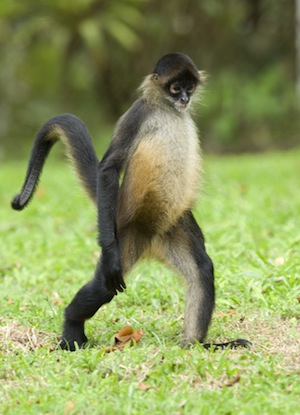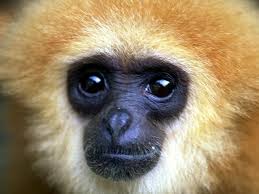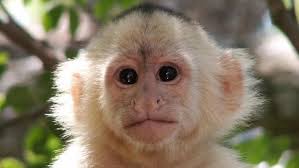My Website on Monkeys
monkeys
- Two out of three groups of simian primates are monkeys, which are Old World Monkeys and New World Monkeys. Apes is the other group.
- To communicate, monkeys use facial expressions, vocalizations and body movements.
- Apes and spider monkeys swing arm-to-arm in trees, rest of the monkeys do not, they run across branches.
- Head bobbing, grinning, pulling the lip and yawning are some signs of aggression in monkeys.
- Monkeys make peace and express affection with others by grooming each other. 6. Group of monkeys is called a troop.

monkeys

- Trees, grasslands, mountains, forests and high plains are the most common places where monkeys live.
- The Pygmy Marmoset is the world’s smallest monkey, according to sources. It weighs 85 to 140 grams and measures 117-159 millimeters.
- The largest monkey is the male Mandrill, which weighs almost 35 kilograms and 1 meter long.
- Monkeys carry hepatitis, tuberculosis, and simian herpes B.
- New world monkeys have 36 teeth, where as the Old World monkeys have 32 teeth.
monkeys

- Capuchin monkeys are very careful and intelligent. To identify different types of predators, Capuchin monkeys use different vocal sounds.Some organizations train Capuchin monkeys as service animals to assist quadriplegics and other people with severe spinal cord injuries or mobility impairments.
- Capuchin monkeys are skilled tool users, they insert branches into crevices to capture food, smash nuts with rocks, remove hairs and spines from caterpillars by rubbing against a branch.
- South American Titi monkeys are monogamous. They become distressed when separated and mate for life. They show affection by lip smacking, cuddling, nuzzling, holding hands, grooming each other.
- The loudest monkeys are Howler monkeys, their howls can be heard for about three miles in open area and two miles in the forest. They spend 80% of their time resting.
- The only free-living species of monkey in Europe is the Barbary Macaque.
- Certain Red Colobus species and the Olive Colobus monkey are hunted by humans and chimpanzees for food.